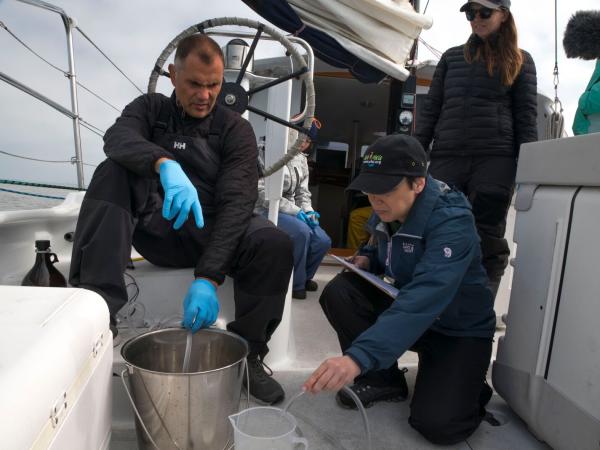SFEI Science at International Marine Debris Conference (March 12-16)
Mar 9, 2018
SFEI science will feature prominently at the Sixth International Marine Debris Conference in San Diego next week:
- Rain Gardens Mitigate Microplastics Entering Aquatic Habitats - Diana Lin, Tuesday poster session, 5:15-7:30pm
- Raman Analysis: Using Spectroscopy to Identify Microplastics in Complex Matrices - Xia Zhu (University of Toronto), Tuesday poster session, 5:15-7:30pm
- Characterizing Microplastics in San Francisco Bay and Adjacent National Marine Sanctuaries to Inform Regional Policy Recommendations - Carolynn Box (5 Gyres), Wednesday 11:00am
- Aerial Imagery and Machine Learning to Advance Trash Monitoring Methods - Tony Hale, Wednesday 2:00pm
- Source to Sea Transport of Microplastics: Modeling Fate and Transport in San Francisco Bay and the Coastal Ocean - Rusty Holleman, Thursday 9:15am
In addition, Drs. Chelsea Rochman and Kara Lavendar Law, expert advisors to the RMP's microplastics workgroup, are keynote speakers on Tuesday and are moderating and presenting in a number of sessions.
Programs and Focus Areas:
Clean Water Program
Bay Regional Monitoring Program
Microplastics






